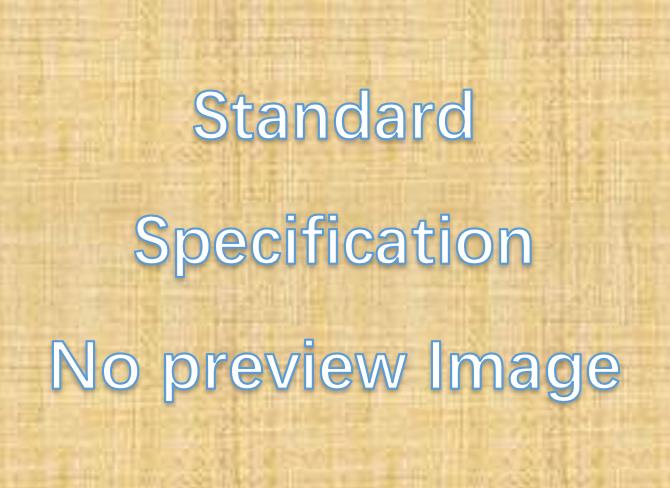ASTM E587-10
Standard Practice for Ultrasonic Angle-Beam Contact Testing

- Standard No.
- ASTM E587-10
- Release Date
- 2010
- Published By
- American Society for Testing and Materials (ASTM)
- Status
- Replace By
- ASTM E587-15
- Lastest
- ASTM E587-15(2020)
- Scope
An electrical pulse is applied to a piezoelectric transducer which converts electrical to mechanical energy. In the angle-beam search unit, the piezoelectric element is generally a thickness expander which creates compressions and rarefactions. This longitudinal (compressional) wave travels through a wedge (generally a plastic). The angle between transducer face and the examination face of the wedge is equal to the angle between the normal (perpendicular) to the examination surface and the incident beam. Fig. 1 shows the incident angle ϕi, and the refracted angle ϕr, of the ultrasonic beam.
When the examination face of the angle-beam search unit is coupled to a material, ultrasonic waves may travel in the material. As shown in Fig. 2, the angle in the material (measured from the normal to the examination surface) and mode of vibration are dependent on the wedge angle, the ultrasonic velocity in the wedge, and the velocity of the wave in the examined material. When the material is thicker than a few wavelengths, the waves traveling in the material may be longitudinal and shear, shear alone, shear and Rayleigh, or Rayleigh alone. Total reflection may occur at the interface. (Refer to Fig. 3.) In thin materials (up to a few wavelengths thick), the waves from the angle-beam search unit traveling in the material may propagate in different Lamb wave modes.
All ultrasonic modes of vibration may be used for angle-beam examination of material. The material forms and the probable flaw locations and orientations determine selection of beam directions and modes of vibration. The use of angle beams and the selection of the proper wave mode presuppose a knowledge of the geometry of the object; the probable location, size, orientation, and reflectivity of the expected flaws; and the laws of physics governing the propagation of ultrasonic waves. Characteristics of the examination system used and the ultrasonic properties of the material being examined must be known or determined. Some materials, because of unique microstructure, are difficult to examine using ultrasonics. Austenitic material, particularly weld material, is one example of this material condition. Caution should be exercised when establishing examination practices for these type materials. While examination may be possible, sensitivity will be inferior to that achievable on ferritic materials. When examining materials with unique microstructures, empirical testing should be performed to assure that the examination will achieve the desired sensitivity. This may be accomplished by incorporating known reflectors in a mock up of the weld or part to be examined.
Angle-Beam Longitudinal Waves8212;As shown in Fig. 4, angle-beam longitudinal waves with refracted angles in the range from 1 to 40° (where coexisting angle-beam shear waves are weak, as shown in Fig. 3) may be used to detect fatigue cracks in axles and shafts from the end by direct reflection or by corner reflection. As shown in Fig. 5, with a crossed-beam dual-transducer search unit configuration, angle-beam longitudinal waves may be used to measure thickness or to detect reflectors parallel to the examination surface, such as laminations. As shown in Fig. 6, reflectors with a major plane at an angle up to 40° with respect to the examination surface, provide optimum reflection to an angle-beam longitudinal wave that is normal to the plane of the reflector. Angle-beam longitudinal waves in the range from 45 to 85° become weaker as the angle increases; at the same time, the coexisting angle-beam shear waves become stronger. Equal amplitude angle beams of approximately 55°
ASTM E587-10 history
- 2020 ASTM E587-15(2020) Standard Practice for Ultrasonic Angle-Beam Contact Testing
- 2015 ASTM E587-15 Standard Practice for Ultrasonic Angle-Beam Contact Testing
- 2010 ASTM E587-10 Standard Practice for Ultrasonic Angle-Beam Contact Testing
- 2000 ASTM E587-00(2005) Standard Practice for Ultrasonic Angle-Beam Examination by the Contact Method
- 2000 ASTM E587-00 Standard Practice for Ultrasonic Angle-Beam Examination by the Contact Method